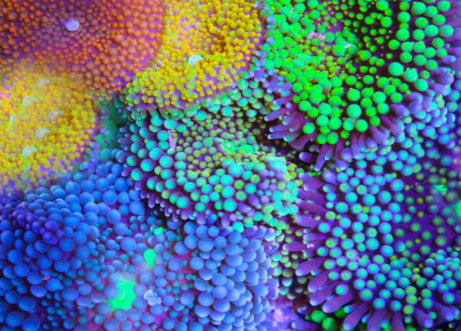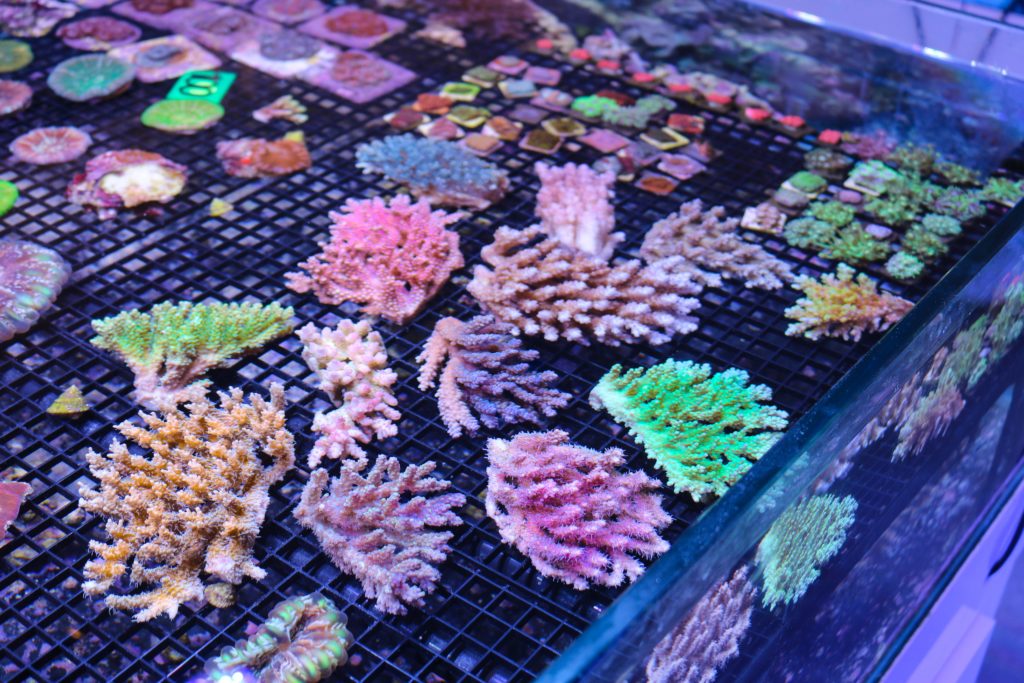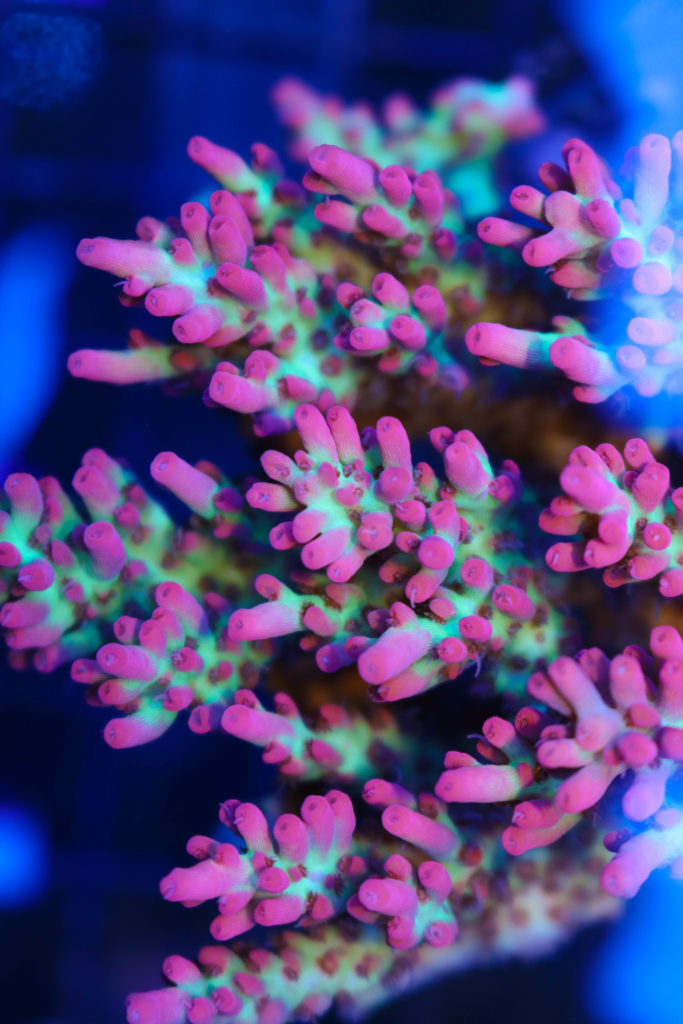Uncategorized
Different Types Of Corals
Soft Corals? LPS? SPS? What’s the difference? For those just getting into the reefing hobby the number of choices, options and acronyms can get a little bit overwhelming. Probably the first thing that all new reefers need to learn is the difference between the different types of corals available in the hobby. Ready? Here we go!

Soft Corals
This type of coral is the easiest to keep and for many hobbyists their first corals will be soft corals, also known as “softies.” As their name suggests, these corals do not form a calcified skeleton. This type of coral contains reef tank classics such as mushrooms, leather corals and the ever popular Kenya Tree. Soft corals are able to tolerate a wider range of water conditions than other types of corals, which makes them popular with beginners. However, some of the most expensive corals in the hobby, Bounce Mushrooms, are also soft corals so they appeal to hobbyists of all skill levels. Soft corals often grow better in tanks with slightly elevated levels of nitrates and phosphates. One thing to keep in mind about softies is that some, like the Pulsing Xenia, grow very quickly and can take over a tank if they are not isolated on a rock island. Generally soft corals do not require the addition of supplements, although dosing iodine to tanks that contain large numbers of soft corals may be a good idea.

LPS Corals
Large Polyp Scleractinian corals, more commonly known as LPS corals, are popular additions to home reef tanks and can be added once the tank parameters stabilize. There are a huge range of different types of LPS corals, from flowing Euphyllia, to Acans to encrusting corals such as Cyphastrea. LPS corals are stony corals, which means that they build their skeleton out of sodium bicarbonate, so it is important to monitor levels of alkalinity and calcium in the tank once LPS corals are added. Many LPS corals respond well to feeding and Vitalis LPS Pellets are a good option for this. It should be noted that many LPS corals have powerful stings and can harm other corals, so it is important to give them plenty of space.

SPS Corals
SPS corals, or Small Polyp Scleractinian corals, are the pinnacle of reef keeping. While some are more difficult to keep than others, all SPS corals require stable water parameters and the regular monitoring and dosing of key elements such as calcium, magnesium and alkalinity. Most SPS corals are of the branching variety but some, like Montipora, are available in plating and encrusting types as well. While the various types of Acropora are the most popular, and hardest to keep, others, like Montipora, Birdsnest and Stylophora, are regarded as easier and make a good introduction to the world of SPS corals. For hobbyists with a mature and stable tank, the beauty of colonies of colourful SPS corals are hard to beat.

